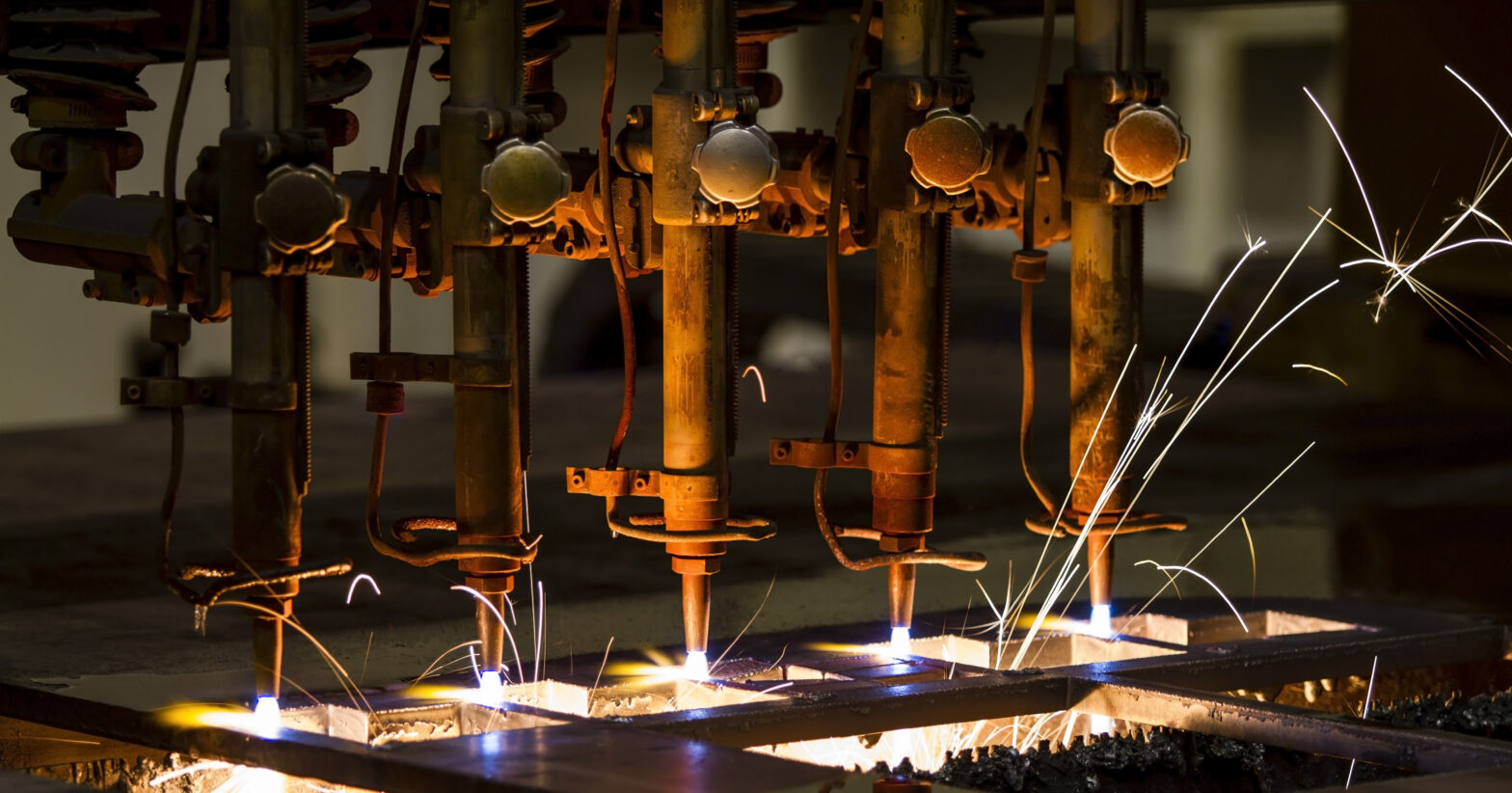Computers are fast becoming progressively more intelligent and self-aware. Several key constraints have been removed by technological progress based on complex algorithms, combined with greater computing and processing power.
Computer scientists are now able to train computers to recognise patterns when presented with new image and audio files, through machine learning.
One area where machine learning has great potential is in scientific research for materials innovation – that is, the research of new material and chemical innovations for chemical and new product manufacturing.
>See also: 4 industries that will be transformed by machine learning in 2017
By using machine learning to identify trends in the data from lab experiments and scientific literature, scientists and researchers can improve the success and accuracy of their R&D efforts. This is a ground-breaking moment.
Running thousands of virtual experiments
Deep cross-disciplinary knowledge is required to pursue the most promising material or chemical innovation prospects for competitive advantage. No person could possibly have knowledge comprehensive enough to map sufficient potential research paths, but the processing power of intelligent machines can.
These systems can decrease the time it takes to create a viable product by drawing on multidisciplinary sources simultaneously to run thousands of virtual experiments; the most promising of which can then be replicated in the real world by researchers.
One of the most expensive processes manufacturers face is creating new materials, during which manufacturers must scrutinise and recombine potentially hundreds of raw inputs to meet the desired specifications.
Being experimental, this process is both costly and time-consuming, with no guarantee of a viable product. Machine learning will accelerate this process by analysing all hypothetical combinations in a virtual universe – where researchers can work with imaginary chemicals in simulated projects – before investing in real-world experiments.
>See also: 2017: the year of real applications
Each test can help manufacturers find solutions faster by increasing the ability of machine learning to identify new combinations. Researchers have also been able to accelerate discovery of new materials through machine learning experiments – nearly halving the time to market. And businesses are already finding applications for this approach.
Atomwise is using large scale machine learning, coupled with huge chemistry data sets, to enable the discovery of new non-toxic pesticides and safer agricultural products. The measurable impacts of machine learning on the manufacturing industry include increased production rates, more efficient supply chains and reduced wastage.
Machine learning is nothing without data
That is not to say, however, that machine learning is a silver bullet. Even with self-educating computers, the garbage in, garbage out (or ‘GIGO’ principle) still applies.
Without the input of accurate scientific data, the results of machine learning algorithms will be at best mixed and at worst disastrous. It’s no use trying to get a computer to recognise a kitten if the data it is being fed are pictures of puppies.
Using machine learning effectively in material innovation requires comprehensive, clearly classified data from a variety of sources. A machine may draw data from a single source and apply it in all calculations without this input (‘garbage’), and fail to factor in limitations and conditions.
Yet in reality, mixing two chemicals, for example, can produce radically different reactions if the ambient temperature is altered by even a few degrees – something a computer working with insufficient data won’t recognise.
>See also: Manufacturers to prioritise data analytics
For the safety of the scientists carrying out these experiments in the lab, it is essential the data are comprehensive and accurate while pursuing innovation.
Context of data is also critical. In the same way doctors must understand the context of how prospective reactions between medicines could affect patients differently based on medical condition and dosage, machine learning tools need contextual data to assess the probability of calculations being correct.
The foundation of any machine learning system must be a repository of verified, trusted, cross-domain data; so that insights are safe, accurate, based on proven data and likely to be applied effectively in the real world.
A brave new world
Machine learning could lead to a whole new realm of manufacturing and material innovation that would be otherwise unimaginable. Especially, when coupled with other potentially revolutionary technologies – such as 3D printing and quantum computing, where the power of atoms could radically improve memory and processing capabilities.
To usher in this machine-driven future, human nuance and understanding, coupled with access to the latest advances in research, will be critical to ensure the very best machine learning systems. Without these two pieces of the puzzle, we could be missing out on essential insights to revolutionise manufacturing.
Sourced by Christina Valimaki, Sr. director, Chemicals Industry, Elsevier R&D Solutions










